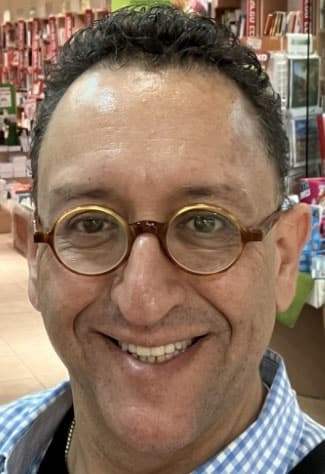To all those who feel that Israel Defense Forces (IDF) soldiers have no regard for civilians, and that they “do what they need to do” without regard for potential
civilian casualties, I offer no opinions on this matter.
Instead, I offer this personal experience for your consideration.
It was July 12, 1984, my first day on the Ketziot basic training base, my new “home” as an IDF soldier in the Givati Infantry Brigade. One by one, we were issued what was then the standard IDF infantry weapon, the Israeli-made Galil rifle. Here we were, 18-year-old kids who barely knew anything about life, suddenly holding in our hands a weapon that had the potential to save lives or to take lives.
Upon receiving these weapons, we were gathered into a large mess hall, where an officer was waiting to address us. We expected a lesson on the mechanics of the Galil rifle. Instead, the officer had come to speak to us about Tohar Ha-Neshek — the “Purity of the Weapon.”
He spoke at length about the moral use of the weapon vs. the immoral use of the weapon, and of the responsibility we had to uphold the value of Tohar Ha-Neshek no matter what the circumstances. He concluded his remarks by saying, “I am not a particularly religious person, but remember that to uphold the purity of your weapon is a Kiddush ha-Shem (sanctification of God’s name), and to violate it is a Chilul ha-Shem (desecration of God’s name).”
Six months later, my unit found itself in Southern Lebanon, fighting the same Hezbollah that the IDF fights today. The Galil that we were issued six months earlier had unfortunately gotten its fair share of real-life wear and tear, but it was not until Feb. 5, 1985, that we learned a real-life lesson in “Purity of the Weapon.”
Late in the afternoon that day, as our convoy was leaving our post in Borj el Jimali (two miles east of Tyre), a Hezbollah suicide bomber drove his car straight into our convoy, triggering a massive explosion in our faces. We responded like we were taught — jump out of the vehicle, take cover and return fire. In typical Hezbollah fashion, they carried out this attack in an area filled with civilians, which means that we were faced with the awful prospect of firing into the homes of civilian men, women and children caught in the crossfire.
After our initial barrage of fire, our officer instructed us to regroup into small teams that would enter buildings to search for any terrorists cooperating with the suicide bomber. His instructions still ring clearly in my ear, and took me back to the lecture I heard about “Purity of Weapons” just six months earlier: “This area is filled with civilians, and there is no need to injure or kill them. In our search for terrorists, please try to minimize any civilian casualties.”
These instructions came from an officer who, just a few minutes earlier, had 100 kilos of dynamite explode into his face and that of his troops, yet he was still able to keep a clear mind and remember that the IDF was in Lebanon to fight Hezbollah terrorists, not Lebanese civilians.
It was true then, and it is still true today.
Daniel Bouskila is rabbi at Sephardic Temple Tifereth Israel.
(Rob Eshman’s column will return next week.)























 More news and opinions than at a Shabbat dinner, right in your inbox.
More news and opinions than at a Shabbat dinner, right in your inbox.